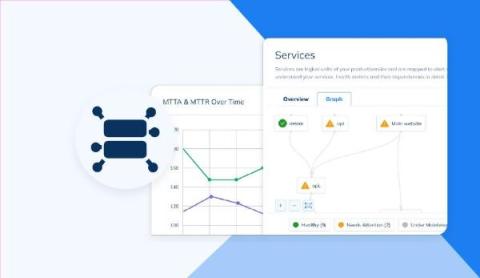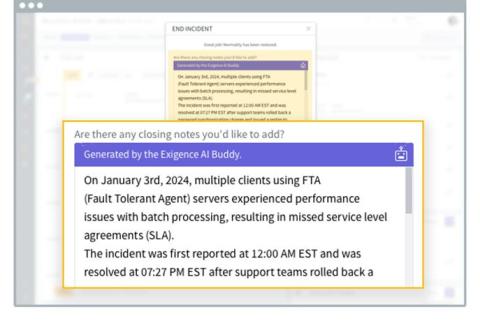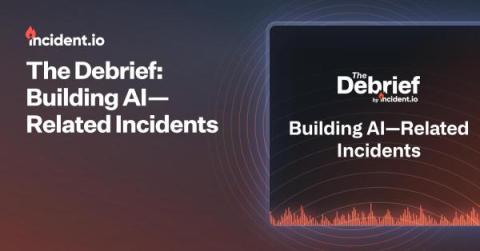Top 5 AIOps predictions for 2024
AI exploded onto the global main stage in 2023, and it could seem hard to read an announcement or article that didn’t mention AI once, if not a dozen times. Amidst all this hype, BigPanda CEO Assaf Resnick identified a real tipping point for AI adoption: lowered skepticism. “Over the last two or three years, AI has come into the public domain,” he explained.








